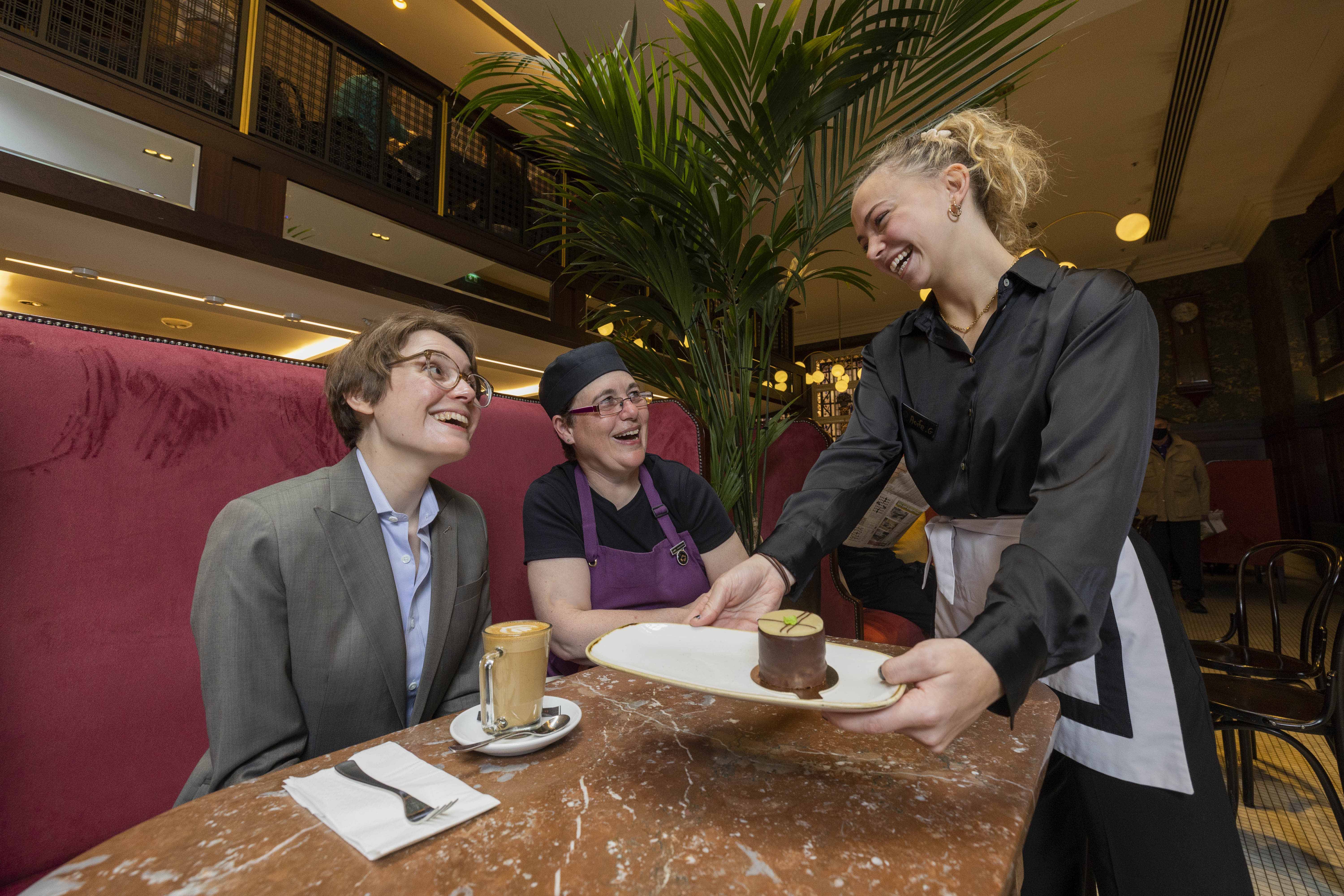In April 2021, an obituary appeared in the Schenectady Daily Gazette, a venerable organ long based in New York State. A certain Henry Nicholas Spelter IV had passed away at the age of 95 with his wife, children and grandchildren by his side. First outlining Spelter’s strong religious faith, the article then began to unstitch his patchwork past.
Henry Nicholas Spelter IV, born Henrik Spelter like his father, had, like his father, been a master confectioner. A dip into the records here at Budapest’s colourful Museum of Commerce & Hospitality reveals a portrait of the elegantly behatted Henrik Spelter Sr. The archive also suggests that his forefathers were confectioners in Tata.
Henrik Spelter Memorial Year
In a further twist to the story, an exhibition has just opened here in Budapest at the Hungarian Museum of Commerce and Hospitality, dedicated to the Spelter legacy. 2022 has also been declared Henrik Spelter Memorial Year, in reference to Henry Spelter's father. The First Gold-Crowned Confectioner in Hungary details his life and achievements, and displays a book of his original, hand-written recipes. Under the expert guiding hand of Sándor Kovács, former head confectioner at the world-famous Gerbeaud café on Budapest's main square, a presentation box has been created, comprising Spelter's classic confections. Kovács, the organising team and the young students making the cakes and designing the box, convened at the Petre confectionery in Tata, the town outside Budapest where the Spelter dynasty baked its first cakes.
By the 1940s, the Spelters’ main confectionery was on Erzsébet körút, near today’s New York Palace, where Henrik Spelter Jr first learned his trade. Then came the war, then Communism.
In 1956, Henrik Jr was one of thousands of Hungarians who fled the Uprising and its aftermath. Leaving his homeland on foot, the young confectioner, now Henry Spelter, found his way to Dublin thanks to a refugee initiative offered by the city’s legendary café, Bewley’s.
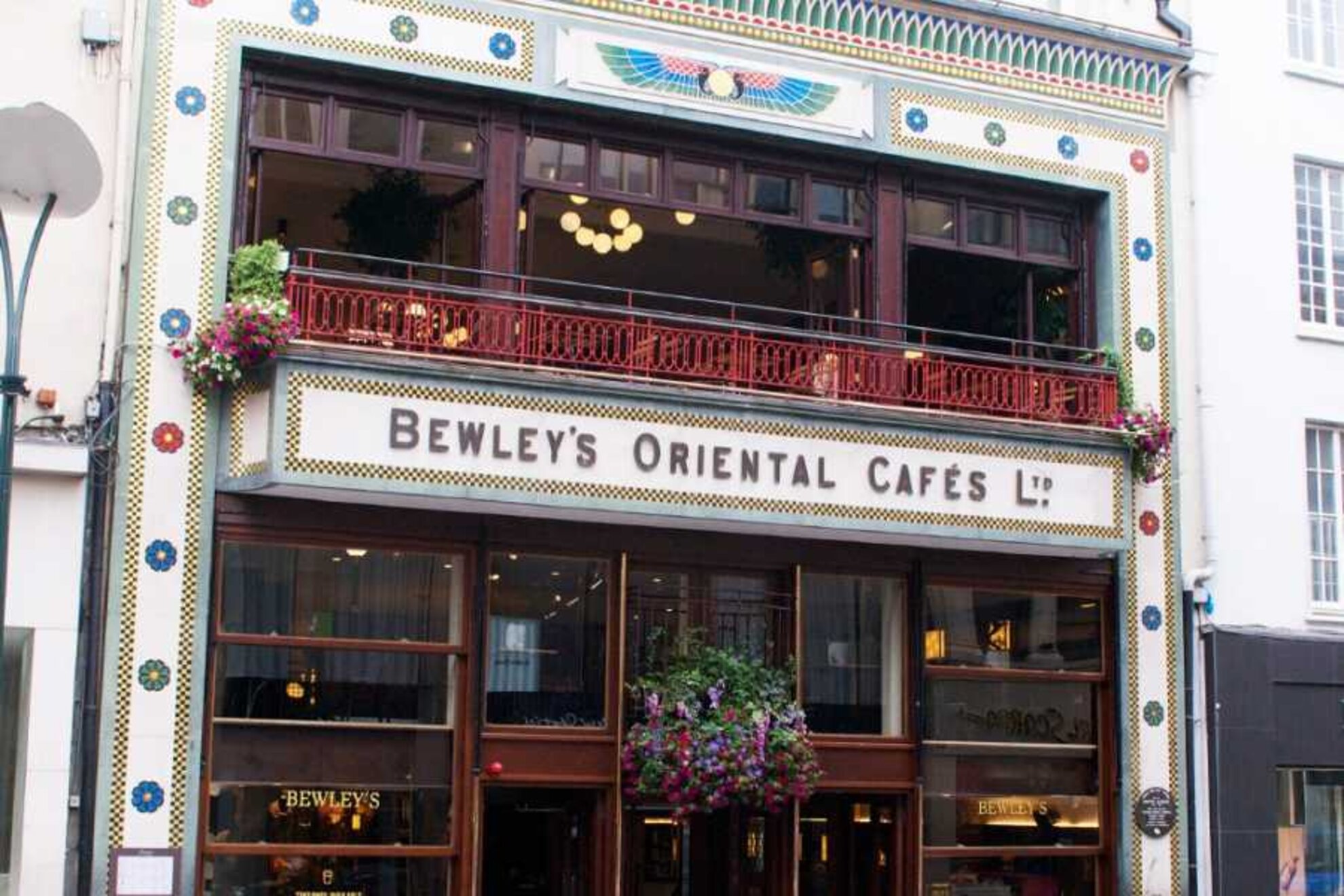
A philanthropic dynasty of merchants, the Bewley brothers had not forgotten their Quaker roots nor the opportunities they had been given when coming to Ireland 300 years before. So successful did they become that they were able to set up their elegant flagship coffeehouse right on Grafton Street in 1927.
Provided with training and employment, Henry Spelter returned the favour by creating a unique version of the Marika torta he would have known from the old shop on Erzsébet körút.
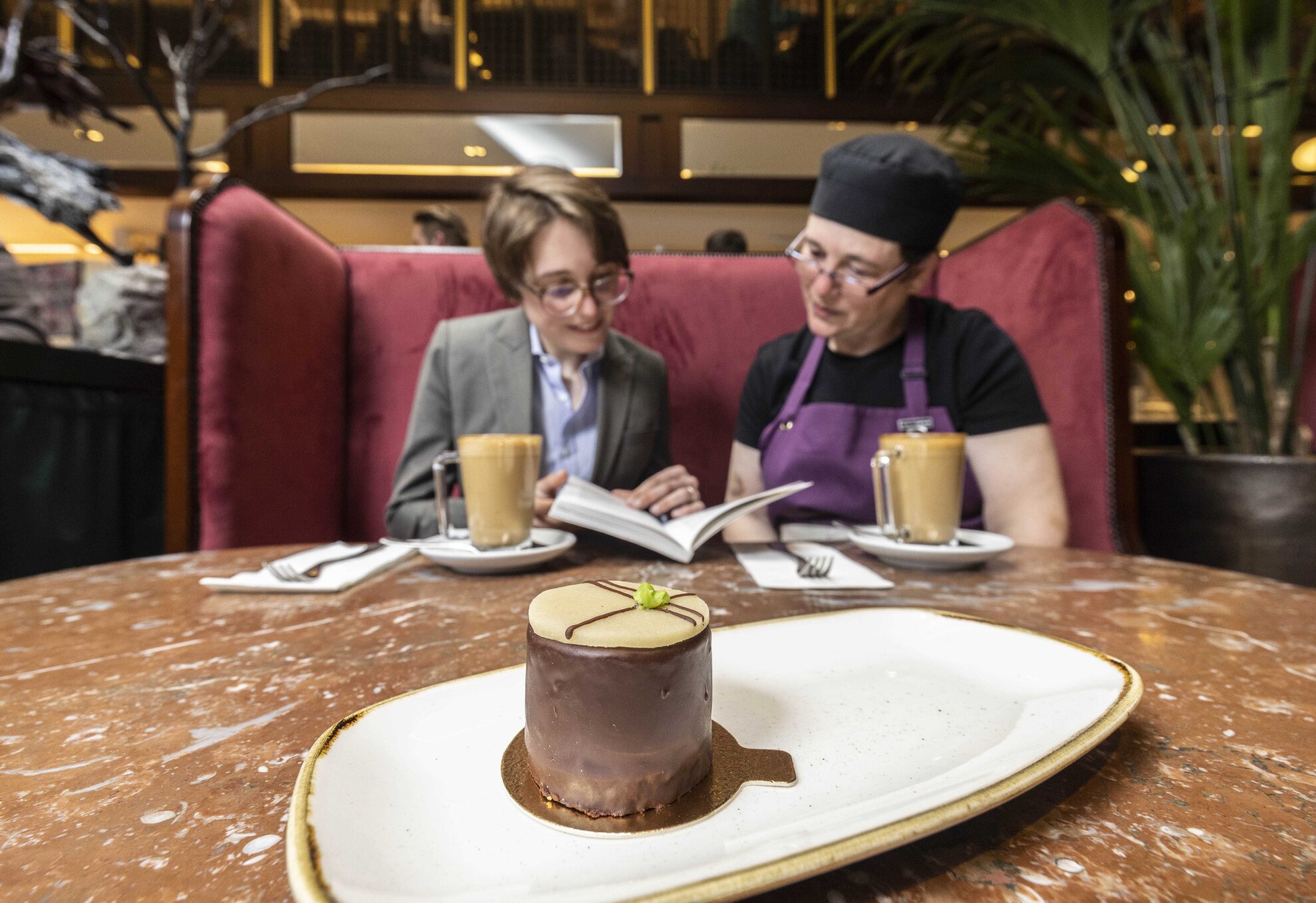
For years afterwards, Spelter’s Mary Cake proved a popular option on Bewley’s menu, although it had been adapted slightly from the Magyar original. Alfred Bewley himself had assisted Henry in refashioning the confection for Irish tastes, while a young baker, Barney, had helped the Hungarian adjust to life in Ireland.
In 1965, now established abroad and fluent in English, Henry Spelter emigrated to the States where he found work at the Villa Italia Pasticceria in the historic theatre district of Schenectady.
Meanwhile, back at Bewley’s, Henry’s delicious creation continued to sell like hot cakes. Then, during a complete restoration of the landmark café in 2005, the recipe Henry would have written in his elegant Hungarian handwriting half a century before was somehow lost.
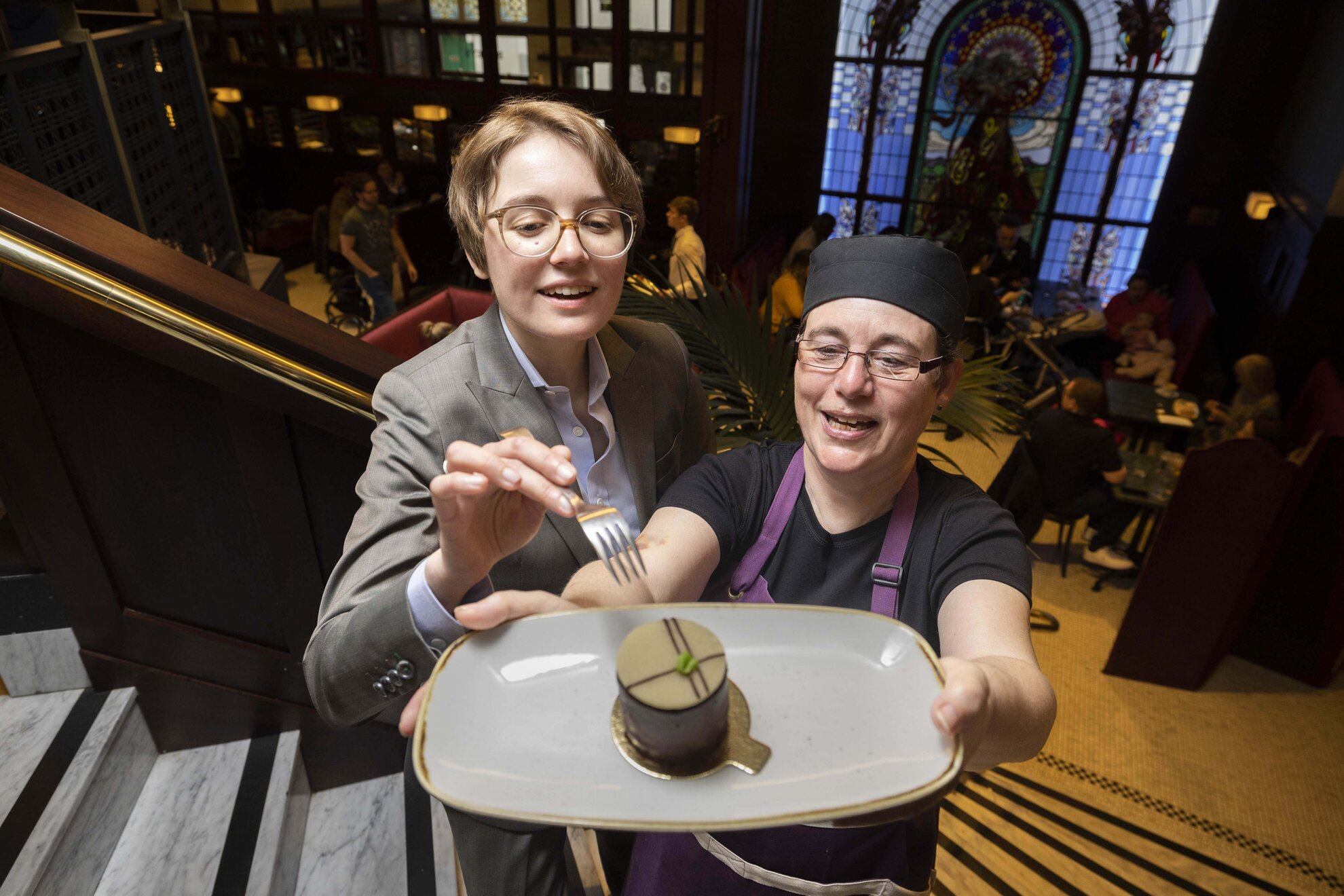
That was when confectioner Hazel Carmichael, granddaughter of café owner Victor Bewley, grandniece of Alfred Bewley, set about hunting down the elusive recipe and, indeed, its creator. The trail, eventually, led her to Carolina Malagon, Henry Spelter’s granddaughter and dutifully named in the Schenectady Daily Gazette obituary.
By chance, the old confectioner had died shortly before Hazel made the connection. She sent an email message of condolence and, equally intrigued, Carolina responded.
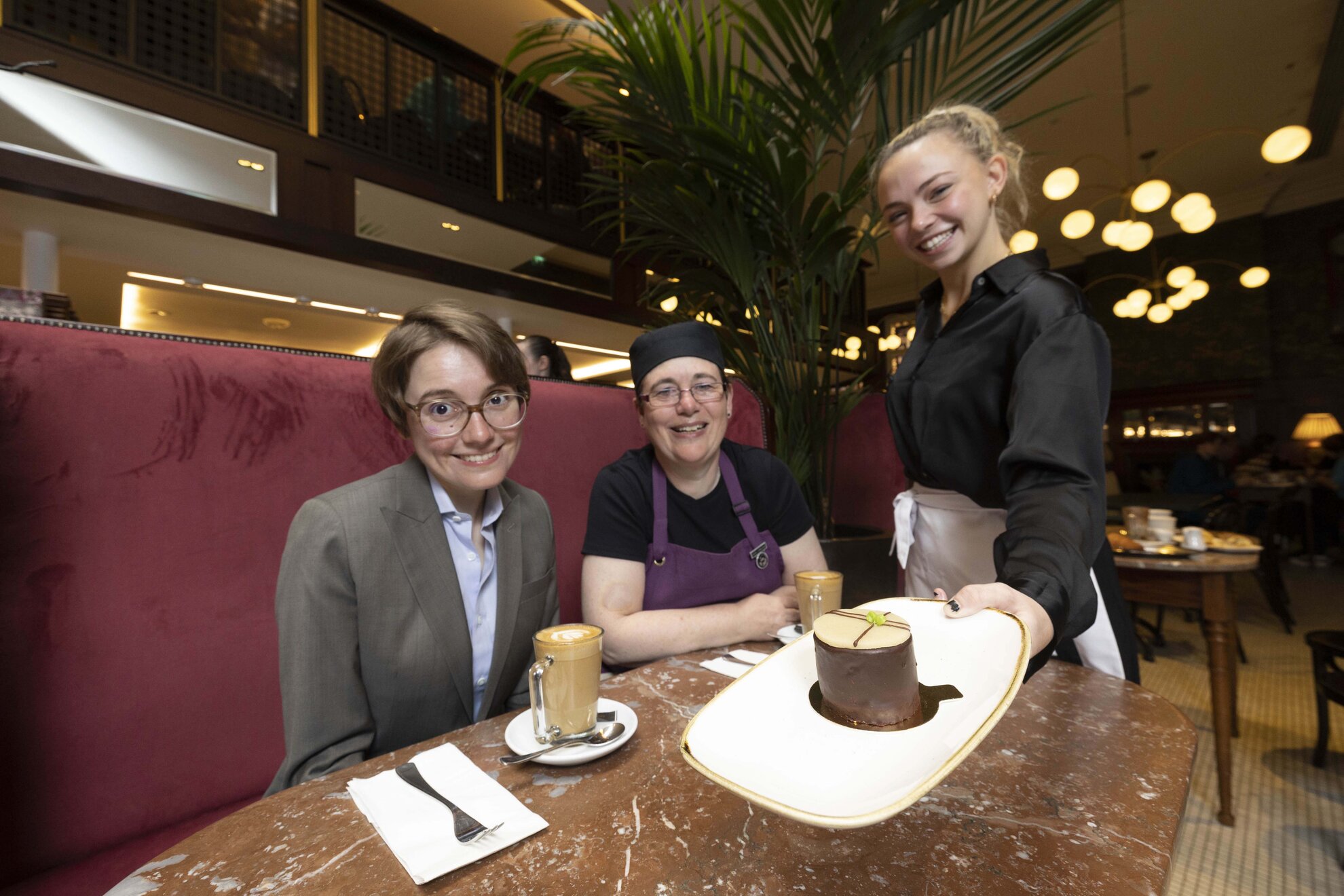
The saga of the lost recipe bound the two granddaughters together and they continued to correspond. While continuing to make his Mary Cake in the USA using local ingredients, Henry Spelter had kept meticulous notes on the ingredients.
It turns out that, Hazel’s Uncle Alfred had replaced the original Hungarian cream with butter, added good-quality chocolate, and that’s how the Mary Cake was reborn.
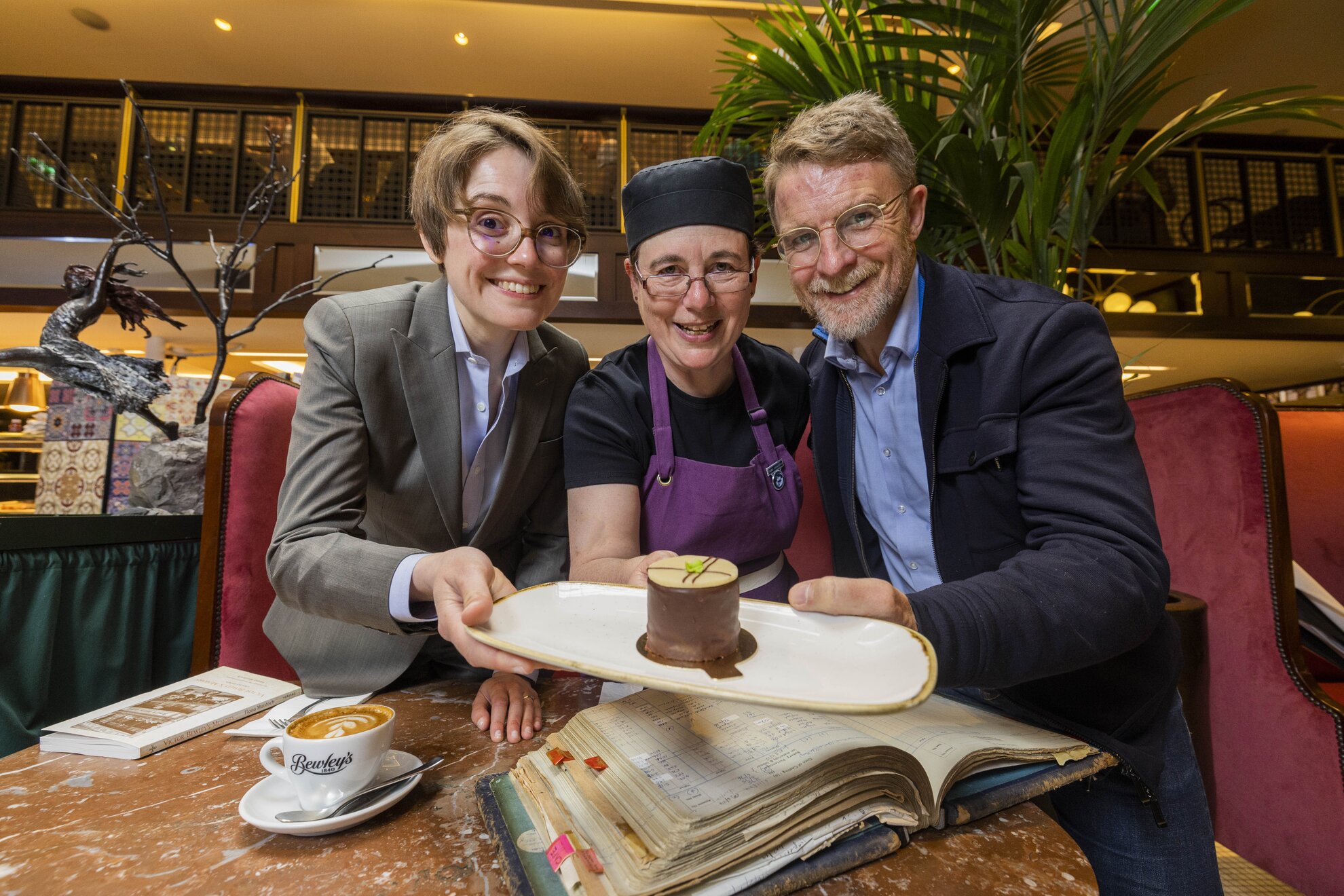
From Budapest to Bewley’s
“The story of the Mary Cake can teach us a lot about welcome, respect and opportunity for all,” says Hazel. “This is a story about refugees fleeing war and coming to Ireland, bringing with them their skills and heritage, and what can happen when these skills are recognised and given a chance to flourish.”
For the recent relaunch of the Mary Cake in Dublin, Carolina flew over from New York. She was also intrigued about who the mysterious Barney was that her grandfather had mentioned and was amazed to discover that he was none other than Bewley’s later head baker, Brendan Johnson.
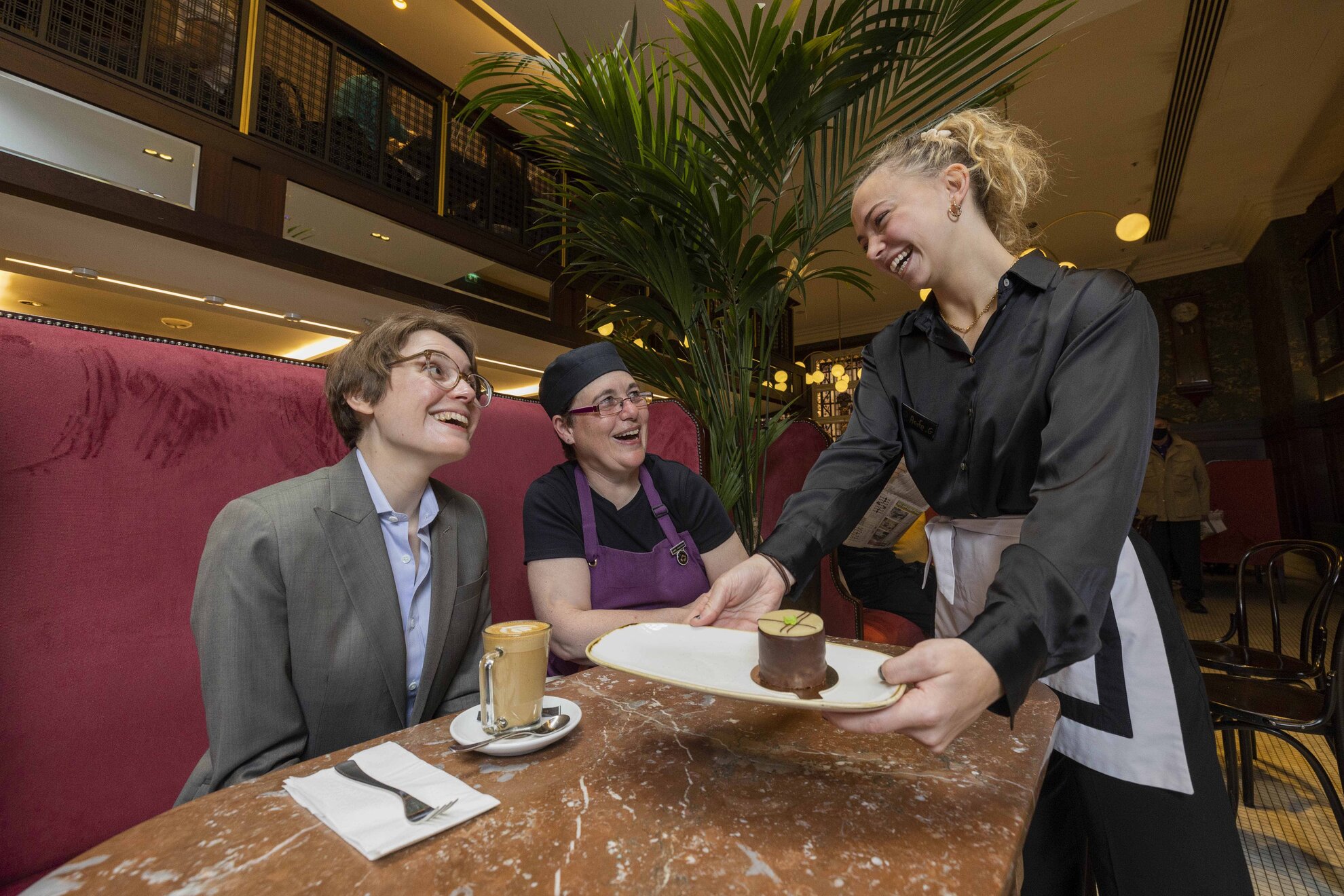
With the original cakes now brought back to life, Bewley’s will be donating €1 from each purchase to the Irish Red Cross, to help Ukrainian refugees today.
In yet another, further twist to the story, at the Henrik Spelter Exhibition here in Budapest, an extensive family tree details the generations of master confectioners, culminating with the man known in Dublin and America as Henry Spelter. Alongside his birthdate of 1925 is a simple question mark. Nobody here seems to know what happened to the heroic Hungarian émigré whose life took a sweet turn at Bewley's.
